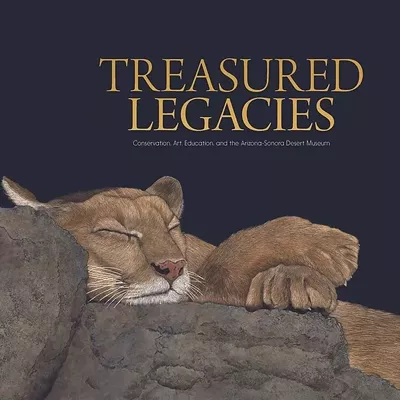From Fritz Lang's German Expressionist thrillers to Jean-Luc Godard's postmodern French New Wave oddities, renegade filmmakers have repeatedly dragged the aesthetics of the "high art" world of painting and photography from the museums into the darkness of the movie auditorium.
In terms of sheer strangeness, few art movements can match the twisted dreamscapes conjured up by the surrealists, and the undisputed king of surrealist filmmaking was the infinitely strange Spanish director Luis Buñuel. His early breakthrough was a collaboration with the surrealist painter Salvador Dali, 1929's Un Chien Andalou, a darkly irrational fever dream featuring a shocking eyeball-slicing scene that caused an international uproar and had them fainting in the aisles, forever cementing Buñuel's reputation as the original bad boy of arthouse cinema, a mere 60 years before Quentin Tarantino had indie audiences buzzing with the ear-slicing sequence from Reservoir Dogs. From that through his last film, 1977's That Obscure Object of Desire (for which he won an Oscar, symbolizing his somewhat ambivalent acceptance into the mainstream), Buñuel used the silver screen as a blank canvas upon which he unloaded the most twisted fantasies of his slithering subconscious.
The notoriously eccentric director (who occasionally posed for photographers dressed in a nun's habit) passed away in 1983, but would have turned 100 last year. To celebrate his centennial, the Museum of Modern Art in New York recently devoted an entire room to his surreal achievements and his continued influence on today's filmmakers. Attendantly, they have published the striking new book, Buñuel 100 Years/100 Años: It's Dangerous to Look Inside, a lavishly illustrated odyssey through the life and career of the infamous artist.
Befitting the man whose films contained some of the most striking imagery of cinema's first century, Buñuel 100 Years is itself a gorgeously constructed work of art. From its creepy peephole cover, nicely illustrating Buñuel's personal voyeurism fetish, to its striking mixture of personal photos, film stills and boldly designed text (integrating quotes, commentary and interviews with Buñuel's contemporaries, as well as a complete Spanish translation), the book vividly illuminates the man behind the madness.
In vivid collage style, the book traces Buñuel's rise from privileged youth in Madrid through the druggy swirl of the surrealist art movement and cabaret culture of 1920s Paris (where he cavorted and collaborated with everyone from André Breton and Federico Garcia Lorca to Jospehine Baker), to his politically motivated exile from filmmaking in the 1930s, and his triumphant re-emergence onto the international film scene in 1950 with his most famous work, the political/surrealist masterpiece Los Olvidados.
Rather than attempting to unravel the complex psychological (or, perhaps, psychotic) makeup of the enigmatic Buñuel in a didactic narrative form, Buñuel 100 Years cleverly allows the images from his films to speak for themselves, laying bare the director's kinky obsessions in 35 mm splendor. The last half of the book, which is composed solely of thematically linked shots from all of his films (including, for example, 20 shots of women's stiletto-heeled feet from 20 different Buñuel films, as well as numerous stills of swarming insects, dinner parties and window peepers), illuminates the overtly Freudian obsession with sexual fetishism, sadomasochism, voyeurism and religious symbolism that thoroughly infects the output of his 50 year career.
In fact, it is Buñuel's almost frighteningly honest cataloging of his own (as well as his audiences') subconscious fears and desires, and his ability to capture on film the surrealists' infatuation with the irrational, that makes his work consistently fascinating to watch.
The picture that finally emerges from Buñuel 100 Years is one of a man and a movement inextricably bound through history by a unique vision untethered by convention. Luis Buñuel, the artist and the man, also stands as a bracing reminder of a fading era in film history, a time when a strange man with a strange vision could take the movie world by storm, and cinema could spring from the raging beasts of the id rather than the focus groups of Hollywood bean counters.






